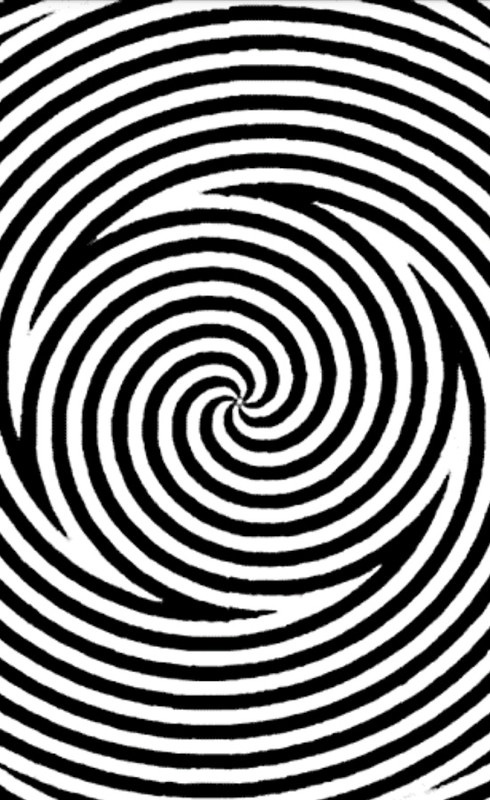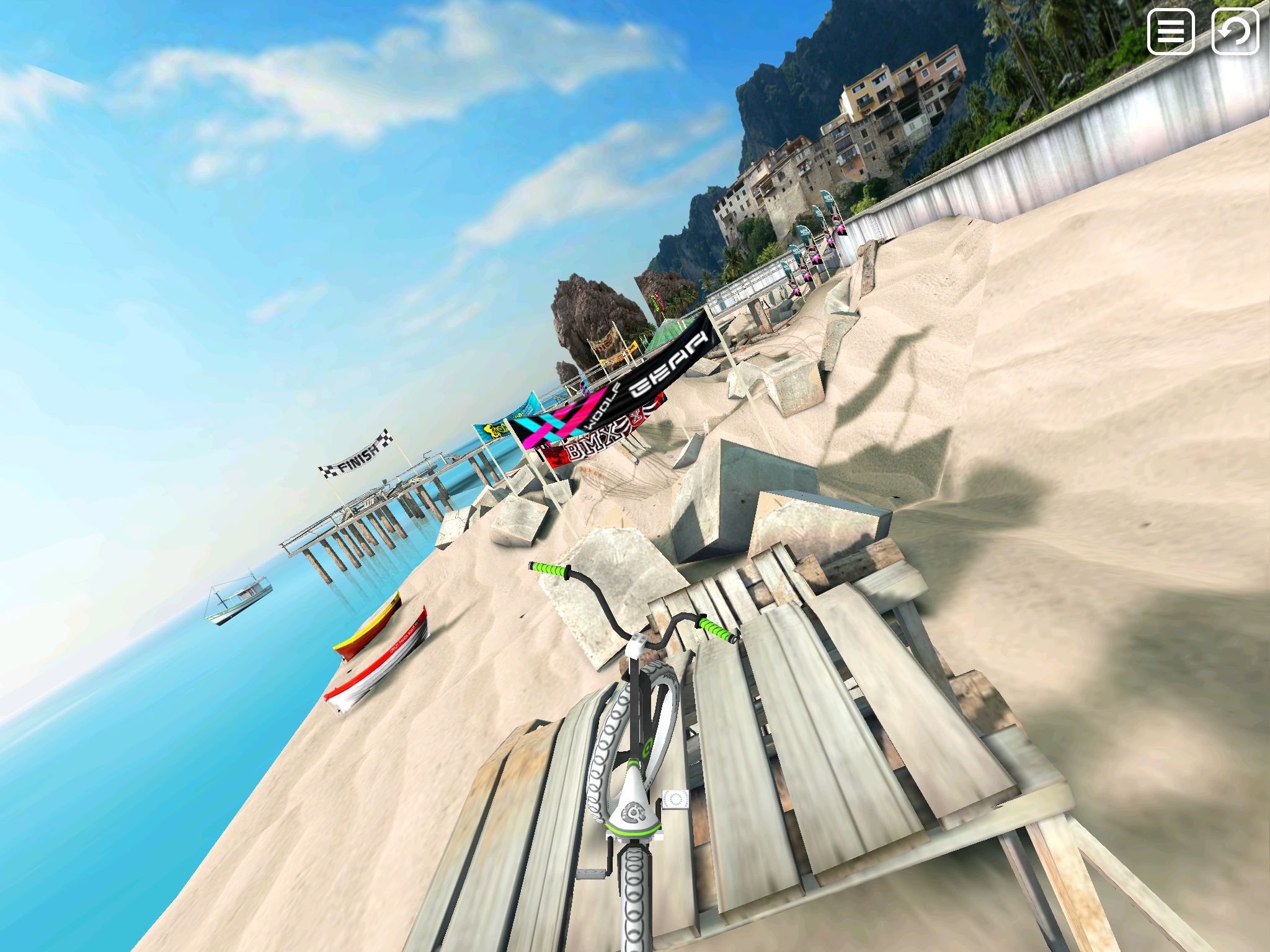

Now it is the turn of the next player in a clockwise direction. By doing this, Tim suggests that the proportion of red increases from left to right.

Tim takes the topmost color card from the deck and places it to the left of the card which is already there. Very important: It is crucial to prevent the back of the card with the percentage information being seen. The relevant player takes the top card from the color card deck and must place it alongside the color card which is already there, either to the right or to the left, following the direction of the arrow. Lots are drawn to decide who should start. The top color card from the deck is placed alongside. The top arrow card (red) is turned over and placed in the center of the table.

Warning: The back of the color card (percentage information) must not be seen. The top color card is taken from the deck and placed face up next to the arrow in the center of the table. The 98 color cards are also shuffled and are placed with the color side facing up in a deck on the edge of the table, alongside the stack of arrow cards. The top arrow card is turned over and placed face up in the center of the table. The 12 arrow cards are shuffled and placed face down on the edge of the table. All correct so far!Īs each player takes their turn, they must decide either to query the validity of the entire row so far or they must take an additional color card from the deck and insert it (hopefully correctly) into the row. On the third card, quite a lot of green is apparent and all the way over on the right, there is a huge amount. On the following card, there is already significantly more. Immediately next to the arrow, just a small amount of green can be seen. The green proportion must become progressively higher from card to card, following the direction of the arrow. Following the direction of the arrow, a row of cards is formed in which the proportion of the designated color on each card must get progressively higher following the direction of the arrow (equal values are also correct). In each round, an arrow determines which color is being played. Note: The percentage values relate to the printable white area on the card (the grey border is not included). The information on the back of each color card indicates what percentage of the card is represented by each color. If you want to know how big to draw the circle when it is X units away, then you calculate the diameter of the cone at that distance.How much color can you really see? Components The circular base is in your view and the cone points away extending to the vanishing point. When you extrapolate the circle into a 3D shape, it becomes a cone. You could think of a 2D shape like a circle on the screen and apply the same principle as the view frustum to the object itself, but in reverse. If the street were long enough, it would look like a triangle. You can observe this in real-life when you look down a street. The vanishing point is the place in the distance where everything converges (the Far plane accommodates this). The vanishing point is another way to think about it. Notice how in the picture below, everything gets smaller the further away it is. Remember that objects closer to the Near plane will take up more of the view space and objects further away will take up less space. If you know the shape of your Field of View and you know the size and location of a point on screen (Near plane), you can extrapolate what size the object should be at a given distance when you scale proportionally. You can calculate this by assuming that your Field of View is like a pyramid with a square base, where the point is at your eye (or camera) and the pyramid is aligned to the direction you are looking.

It's all about trigonometry (calculating triangles). The basic idea is that as things get further away, they get smaller. As the commenters on the opening post have already pointed out, this mechanism is called 'perspective correction' or in 3D terms 'perspective projection'.


 0 kommentar(er)
0 kommentar(er)
